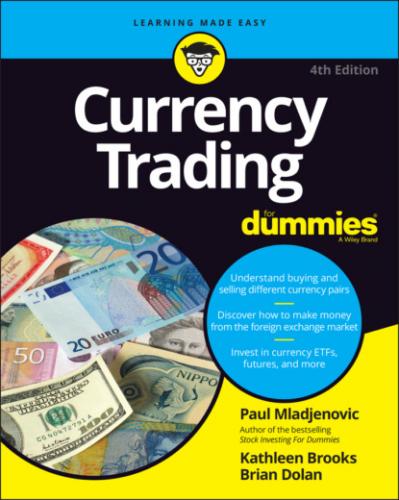One of the key features of the forex market is trading with leverage. The leverage, or margin trading ratios, can be very high, sometimes as much as 200:1 or greater, meaning a margin deposit of $1,000 could control a position size of $200,000. (Note: Margin rules can vary by country.) Trading on margin is the backdrop against which all your trading will take place. It has benefits, but it carries its own rules and requirements as well. Leverage is a two-edged sword, amplifying gains and losses equally, which makes risk management the key to any successful trading strategy.
What Affects Currency Rates?
In a word, information is what affects currency rates. Information is what drives every financial market, but the forex market has its own unique roster of information inputs. Many different cross-currents are at play in the currency market at any given moment. After all, the forex market is setting the value of one currency relative to another, so at the minimum, you’re looking at the themes affecting two major international economies. Add in half a dozen or more other national economies, and you’ve got a serious amount of information flowing through the market.
Fundamentals drive the currency market
Fundamentals are the broad grouping of news and information that reflects the macroeconomic and political fortunes of the countries whose currencies are traded. (We look at those inputs in depth in Chapters 7, 8, and 9.) Most of the time, when you hear people talking about the fundamentals of a currency, they’re referring to the economic fundamentals. Economic fundamentals are based on
Economic data reports
Interest rate levels
Monetary policy
International trade flows
International investment flows
There are also political and geopolitical fundamentals (see Chapter 7). An essential element of any currency’s value is the faith or confidence that the market places in the value of the currency. If political events, such as an election, a war, or a scandal, are seen to be undermining the confidence in a nation’s leadership, the value of the country’s currency may be negatively affected.
But sometimes it’s the technicals that are driving the currency market
The term technicals refers to technical analysis, a form of market analysis most commonly involving chart analysis, trend-line analysis, and mathematical studies of price behavior, such as momentum or moving averages, to mention just a couple.
We don’t know of too many currency traders who don’t follow some form of technical analysis in their trading. Even the stereotypical seat-of-the-pants, trade-your-gut traders are likely to at least be aware of technical price levels identified by others. If you’ve been an active trader in other financial markets, chances are that you’ve engaged in some technical analysis or at least heard of it.
Technical analysis is especially important in the forex market because of the amount of fundamental information hitting the market at any given time. Currency traders regularly apply various forms of technical analysis to define and refine their trading strategies, with many people trading based on technical indicators alone.
Or something else may be a driving force
We’re not trying to be funny here. Honest. What we are trying to do is get across the idea of the many cross-currents that are at play in the forex market at any given time. Earlier in this chapter, we note that currency trading is just one form of market speculation, and that speculative trading involves an inherent market dynamic (see the section “What Is Currency Trading?” earlier in this chapter).
That means that in addition to understanding the currency-specific fundamentals and familiarizing yourself with technical analysis, you also need to have an appreciation of the market dynamic (see Chapter 8). And that’s where trading with a plan comes in (see the following section).
Developing a Trading Plan
If your email inbox is anything like ours, you probably get inundated with random penny-stock tips or the next great Chinese stock initial public offering (IPO). (If you’re not, please send us your spam filter.)
Those are about the only times you’re going to get a message telling you how to trade. The rest of the time you’re going to be on your own. But isn’t that what speculative trading is all about, anyway?
Don’t get us wrong; we’re not trying to scare you off. We’re just trying to make it clear
